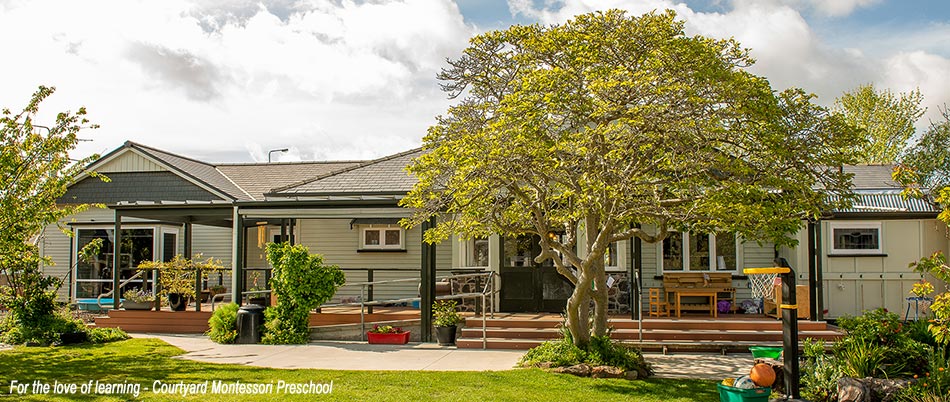This will be a two part answer. First I’ll talk about the preparation for reading and writing, and give you some ideas for home. At a later date I’ll let you know more about our exciting language curriculum :-).
Children learn language by hearing it all around them, through conversation, stories, and songs. At preschool we also give children plenty of practice sharing their thoughts through news time, and small group interactions.
Muscles and concentration needs to be prepared and developed for the task of writing.
These preparation tasks are initially in practical life, such as pouring, doing up buttons, transferring using tongs and threading. These all refine fine motor skills, steadiness of hand, develop hand-eye coordination and hand dexterity. They also give practice with the pincer grip, which is what is used to hold a pencil correctly.
The sensorial materials are the next to excite the interest of the 3 year old. These activities give more opportunities to control the pincer grip, with the pink tower, colour tablets, knobbed cylinders, etc. (please ask a teacher if you would like a closer look at these materials).
The other thing happening while your child works at these activities, is learning a ‘work cycle’. This is the task of beginning, pursuing, and finishing work. As adults, we possibly take it for granted that everything has a beginning, a middle and an end, but children benefit from having the pattern pointed out, so that life and work make sense. The teachers call it ‘work cycle’ and it includes remembering to push the chair in when they leave the table, hanging a coat on their hook, putting away a cup when they have finished using it.
The whole curriculum in the classroom offers possibilities for rich language; rectangular prism, ovoid, sphere, peninsula, gulf and isthmus. Group times also provide extensions of activities, along with the chance to consolidate information by sharing and listening to peers.
Pre reading language activities give practice in matching pairs, to prepare the eye for recognising differences of letters they will come to learn through the sandpaper letters in language.
Children also have their auditory skills fine tuned through the Montessori bells and sound cylinders. This helps with later discrimination between hearing the difference between the sounds b and p for example.
Lightness of touch is developed through using the the insets. Everything comes together to use this equipment, the hand eye coordination, the concentration, pincer grip, developing skill in curved lines and straight lines both horizontally and vertically, both necessary in writing letters of the alphabet.
The sandpaper letters are the first introduction to the visual and tactile impression of the sound, and its phonetic name. This is the time that the child learns that these signs are symbols for sounds. These letters will be practiced on a blackboard, in a sand tray, and on paper.
Tips for home:
Your child’s emotional approach to language is as important as the ability to hold a pencil, or form letters.

